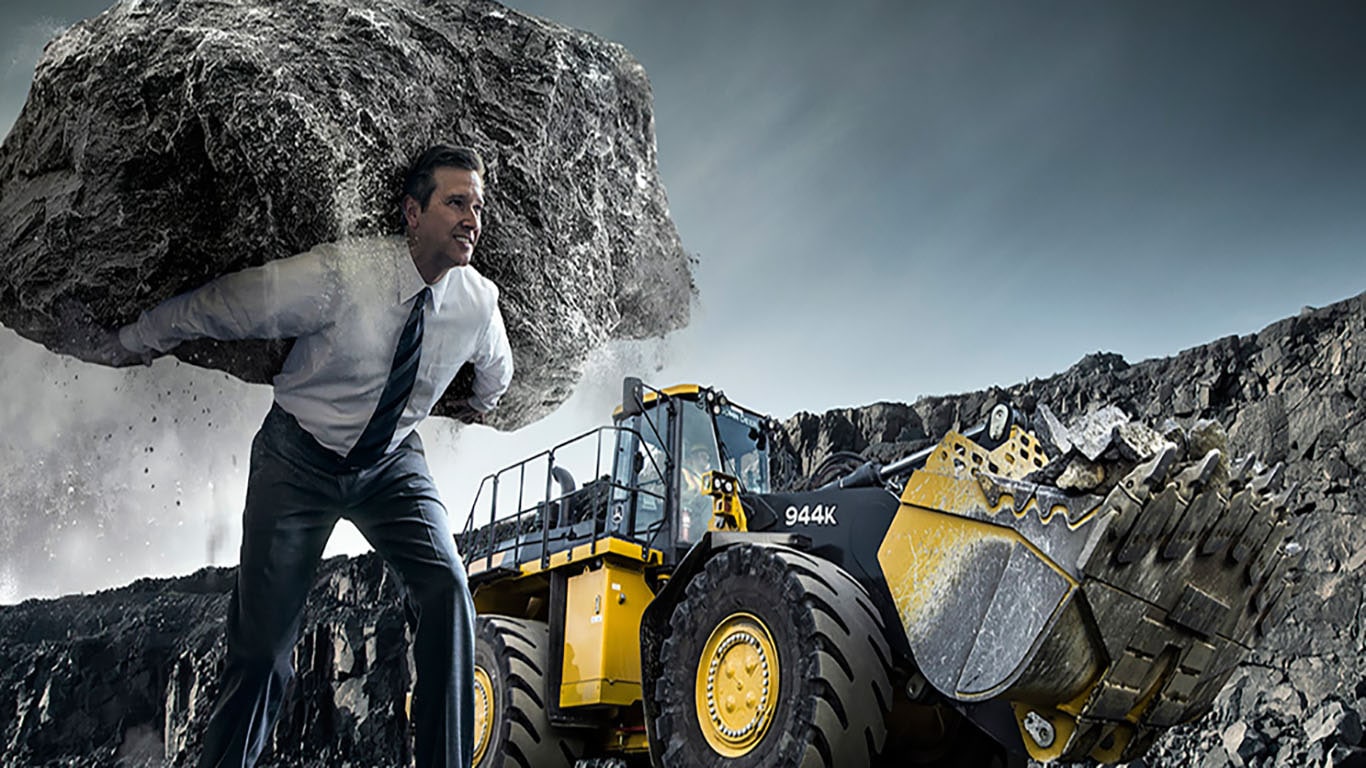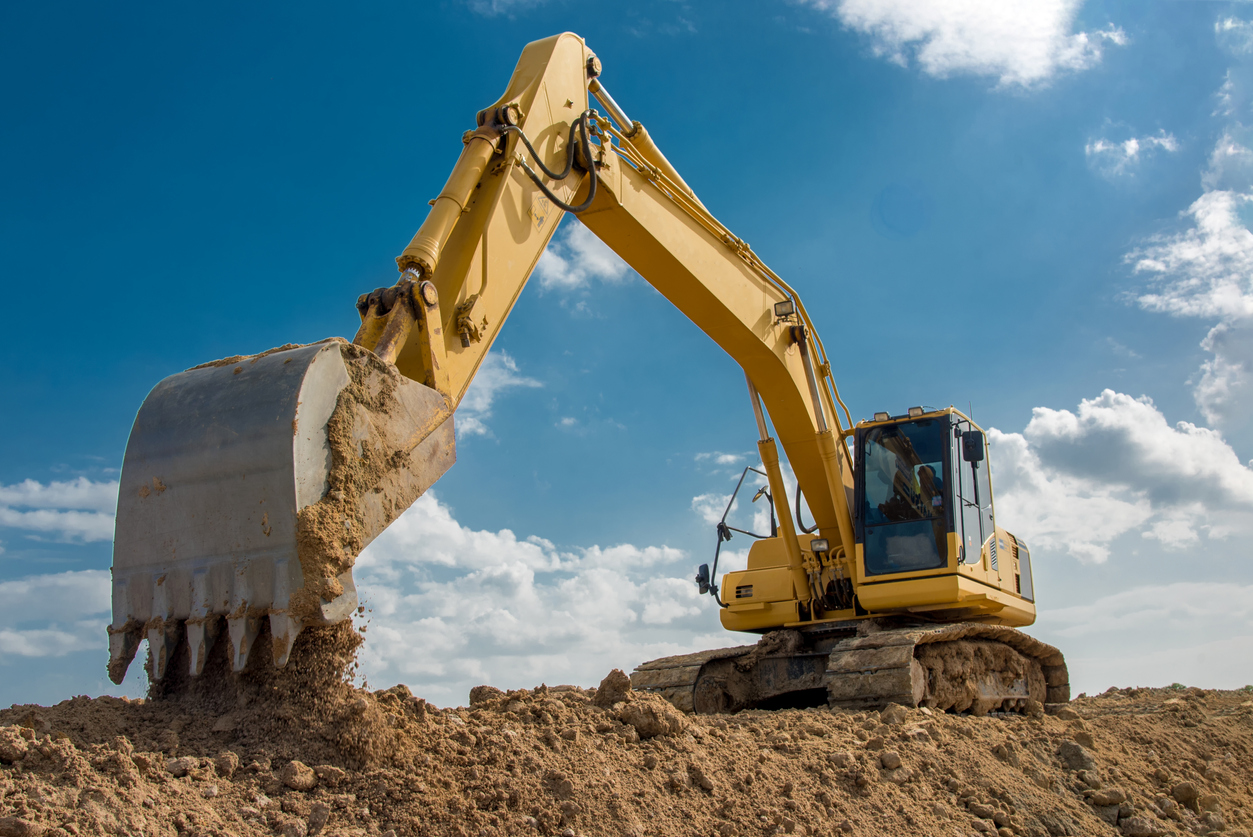Boom Lift Rental: Reach New Levels Securely
Boom Lift Rental: Reach New Levels Securely
Blog Article
Renting Vs. Acquiring Building Tools: Making the Right Selection for Your Task
When beginning on a building and construction project, among the important choices that forecast stakeholders and managers encounter is whether to rent out or get building tools. Both options have their drawbacks and advantages, making the selection a critical one in the project planning process. The choice rests on various elements such as expense factors to consider, job period, equipment upkeep, danger, adaptability, and scalability management. Each aspect plays a crucial duty in determining the most appropriate course for the job's tools demands. aerial lift rental. Let's explore these variables additionally to comprehend just how they influence the decision-making process and ultimately the success of the project.
Cost Considerations
Renting out tools usually requires lower first settlements compared to purchasing, making it an eye-catching option for temporary projects or professionals with budget plan restrictions. In the long run, continually renting out devices can gather greater expenses than acquiring, especially for prolonged projects.
On the other hand, getting construction tools entails greater upfront costs but can lead to long-lasting savings, specifically for long-lasting projects or constant users. Having devices offers flexibility, benefit, and the potential for resale worth once the task is finished. Additionally, possessing equipment enables personalization and knowledge with certain machinery, potentially boosting performance and performance on-site. Eventually, the decision between acquiring and renting out construction tools depends upon the project's duration, regularity of usage, budget plan factors to consider, and long-lasting financial goals.
Job Duration

On the other hand, for long-lasting tasks or continuous building work, acquiring devices can be the a lot more cost-effective alternative. Buying tools can lead to cost savings over time, especially if the tools will certainly be regularly utilized. Moreover, possessing devices supplies a feeling of control over its accessibility and permits for customization to fit details task needs.

Tools Maintenance
Given the vital role project period plays in identifying the most cost-efficient strategy in between purchasing and renting building and construction equipment, the emphasis currently moves towards analyzing the necessary facet of tools maintenance. Appropriate upkeep is essential for ensuring the ideal performance and longevity of construction tools. Leasing tools often features the benefit of having actually well-maintained equipment supplied by the rental company. This can relieve the problem of upkeep tasks from the project proprietor or professional, saving effort and time. On the various other hand, owning devices calls for an aggressive approach to upkeep to prevent malfunctions, guarantee safety, and extend the equipment's life expectancy. Normal assessments, servicing, and timely repair work are required to maintain owned and operated tools in leading working problem. Consider upkeep costs when determining between renting out and acquiring, as neglecting maintenance can cause expensive repairs, downtime, and project delays. find Eventually, a well-kept construction devices fleet, whether rented out or possessed, is essential for the reliable and effective completion of building and construction projects.
Versatility and Scalability
In the realm of building and construction devices monitoring, the facet of flexibility and scalability holds significant significance for project performance and source application. Opting to rent out building equipment supplies a high level of versatility as it permits for the fast change of tools kinds and quantities based upon the progressing needs of a job. Renting allows service providers to access a vast array of specialized devices that may be needed for specific jobs without the long-lasting commitment of possession. This versatility is specifically useful for projects with differing requirements or unclear durations (mini excavator rental).
Renting out construction equipment provides the advantage of conveniently scaling operations up or down as job needs change. Specialists can swiftly trade or include equipment to match the job's changing demands without the restraints of possessing properties that may become underutilized or obsolete.
Danger Monitoring
Effective danger monitoring in construction equipment procedures is critical to making sure task success and mitigating possible financial losses. Building and construction tasks naturally entail numerous risks, such as equipment break downs, crashes, and project hold-ups, which can significantly impact the task timeline and budget. By meticulously taking into consideration the risks connected with owning or leasing building tools, job supervisors can make informed choices to lessen these possible hazards.
Renting out building tools can use a degree of risk reduction by moving the obligation of repair and maintenance to the rental company. This can lower the monetary problem on the job proprietor in instance of unanticipated equipment failings (rental company near me). In addition, renting out gives the adaptability to access specific why not try this out equipment for specific task stages, minimizing the danger of owning underutilized machinery
On the various other hand, possessing construction devices gives a sense of control over its use and upkeep. Nonetheless, this additionally means bearing the full obligation for repair services, maintenance prices, and devaluation, enhancing the monetary dangers related to equipment ownership. Careful risk evaluation and consideration of aspects such as task period, tools application, and maintenance demands are vital in identifying the most ideal alternative for efficient risk monitoring in building tasks.
Final Thought
In final thought, when choosing between leasing and buying building and construction equipment, it is essential to think about expense, project period, equipment upkeep, risk, flexibility, and scalability management. Each variable plays an essential duty in identifying one of the most appropriate choice for the job handy. By carefully use this link evaluating these facets, job managers can make an enlightened decision that lines up with their spending plan, timeline, and general task goals.

Report this page